The ARGON TEST fixed amplitude vibration table is a compact device that can be used in the laboratory to provide controlled vibration compaction using cube or cylinder molding equipment.
The vibration table is composed of a vibration motor, a control unit and a clamping assembly. The table is available in two sizes, 610 x 380 mm and 1260 x 620 mm. The small table can be equipped with 2 pieces, and the large table can be equipped with 6 cubes, cylindrical molds or beam molds. Operating voltage is 220 volts, 50 Hz
| Model | AR-024 | AR-025 |
| Dimensions(mm) | 610x380x780 | 1055x620x1260 |
| Weight(kg) | 60 |
154
|
The Vibration Table is adjusted to a certain amplitude and the fresh concrete samples in cylinder or cube molds should be tightened with controlled vibrations. The system consists of vibration motor, vibration tables, control unit and mold clamping mechanism.
No matter how much care is taken during the mixing, application and placement processes of concrete, air voids occur. This causes poor quality and serious problems. Therefore, the air in question must be taken out. This process is called tightening.
Vibration Table is a device used for this purpose. Our company produces these solutions according to BS 4550 standards. Therefore, it can be used reliably for years. Our company, which always gives importance to customer satisfaction, offers after-sales support as well as pre-sales.
Vibration Table Features
The Vibration Table is used for concrete samples with a size of 70.7 mm. The mold has an eccentric mechanism and is mounted on the vibration platform. The timer is supplied with the control panel. Cube molds are ordered separately.
The table uses 220—240V 1 more than 50 Hz 250 W power supply. Its weight is 100 kg and it has a reliable structure. By reducing the amount of friction applied by the particles to each other, the device allows to take the space that occurs inside the concrete, thus ensuring that it is void-free.
How Does a Vibration Table Work?
Vibration Table cement testing devices work by vibrating the concrete. Thus, it is aimed to remove the air contained in the concrete sample as much as possible. In this way, it is made more durable by making it less spaced.
During vibration, the force released from eccentric vibration is given to the concrete. Thus, it disperses in the form of wave motion. The particles in the concrete will thus push each other and be compressed, and settle in the mold in a better way.
As a result, the concrete will have a denser and homogeneous structure and concrete with high durability will be obtained. When the mold is removed, there will be smoother edge lines. In addition, it will place the concrete better and provide a better adherence between the concrete and the reinforcement. Therefore, in general terms, it positively affects the efficiency obtained from concrete.




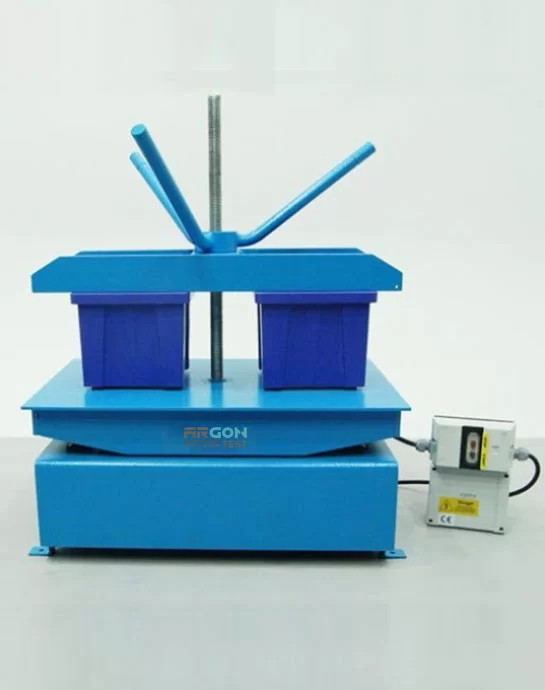
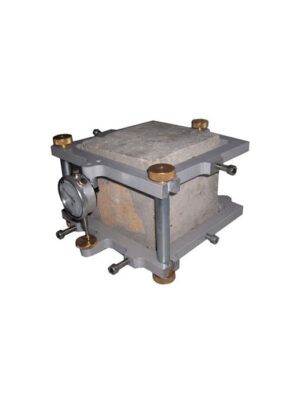
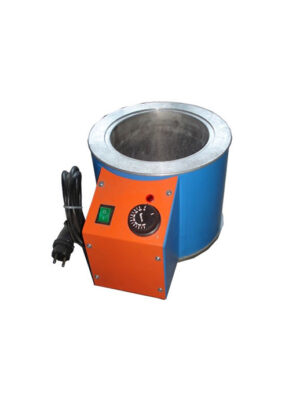
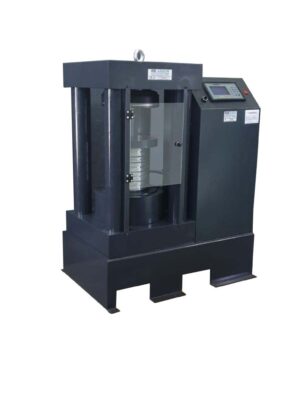
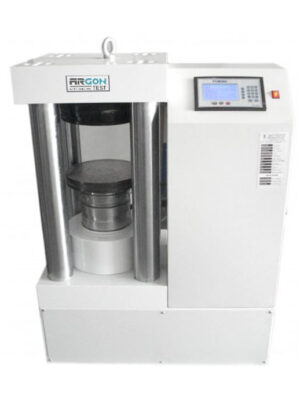
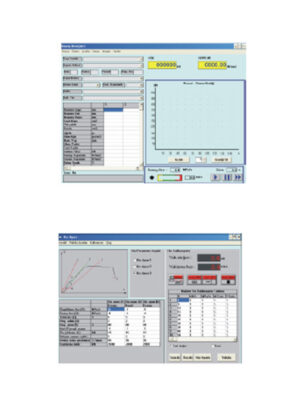

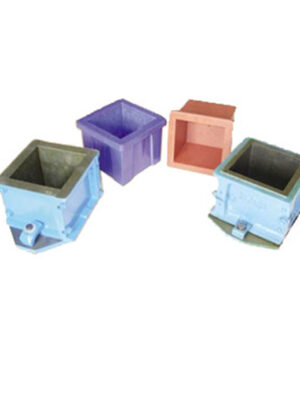
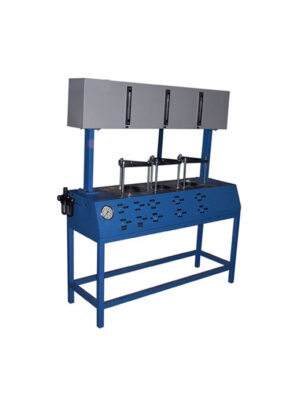
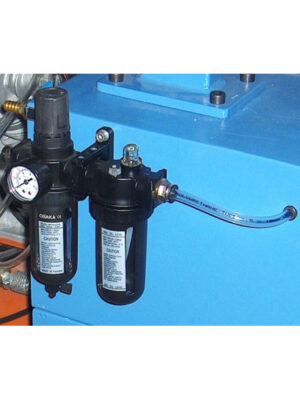
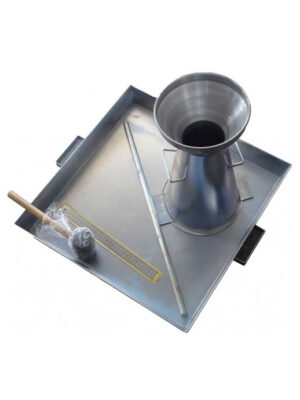
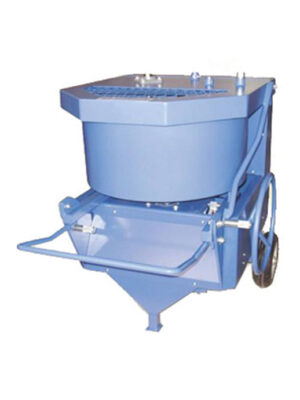
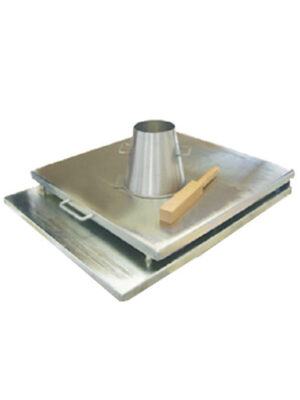
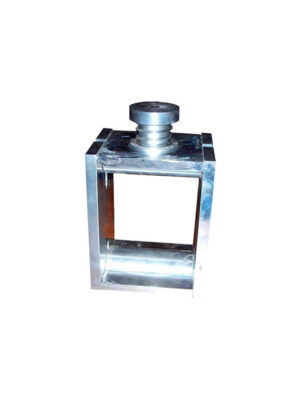
Reviews
There are no reviews yet.